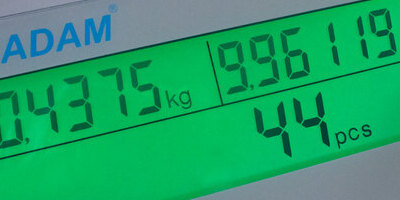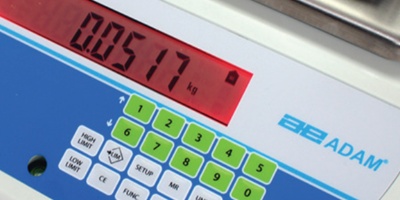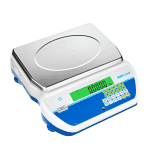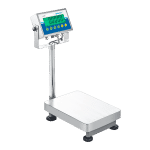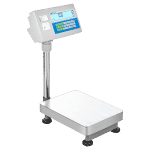
Check counting is a lesser known but extremely useful function on weighing scales and balances. What is it, how does it work and how can it be used? Let’s discuss.
What is Check Counting?
Check counting is a function on some weighing scales that compares a total number of identical pieces by weight to determine if they’re below, at or above your desired preset total. Every Adam Equipment counting scale offers a check counting function. Meanwhile, some non-counting scales like the and boast the ability as well.
How Does Check Counting Work?
Check counting combines the capabilities of parts counting and checkweighing functions. Parts counting counts identical parts by weight. First you provide a small sample of the parts or enter in the unit weight. Then it’s able to determine the average weight of each and uses that information to count large quantities. Checkweighing allows you to set high and low weight limits, then informs you via colors on the display, a sound or another indication whether the weight on the pan is below, within or above those limits.

Just like parts counting, check counting requires that you provide a sample of the parts you’re counting to get an average. It’s crucial that the parts are all identical, as the count won’t be accurate if they vary in weights. Once the scale has a record of the average weight for those parts, you’re able to enter how many parts you want. Then, when you place the parts on the scale in bulk, it will let you know when you’re below or above that number so you can make the appropriate adjustments.
For example, each box needs 200 large screws. You place a small sample of screws on the pan so it can get an average, which is 3.5g each. As you place more screws on the pan, the scale will use the weight to count how many are present. Until you reach 200 screws, which is 700g, it will give you a Low reading, and if you go over (201 parts, or 703.5g), it will display High. When you get the count exactly right, the display will read OK.
Product Lookups, or PLUs, are a way to store the unit weight of your most counted items. Once you’ve assigned the product a number and stored the unit weight in the scale’s memory, it saves you a step when you’re looking to call it up for check counting. Adam Equipment’s offers 100 PLUs, while the offers over 1000 PLUs, plenty for any mid-to-large operation.
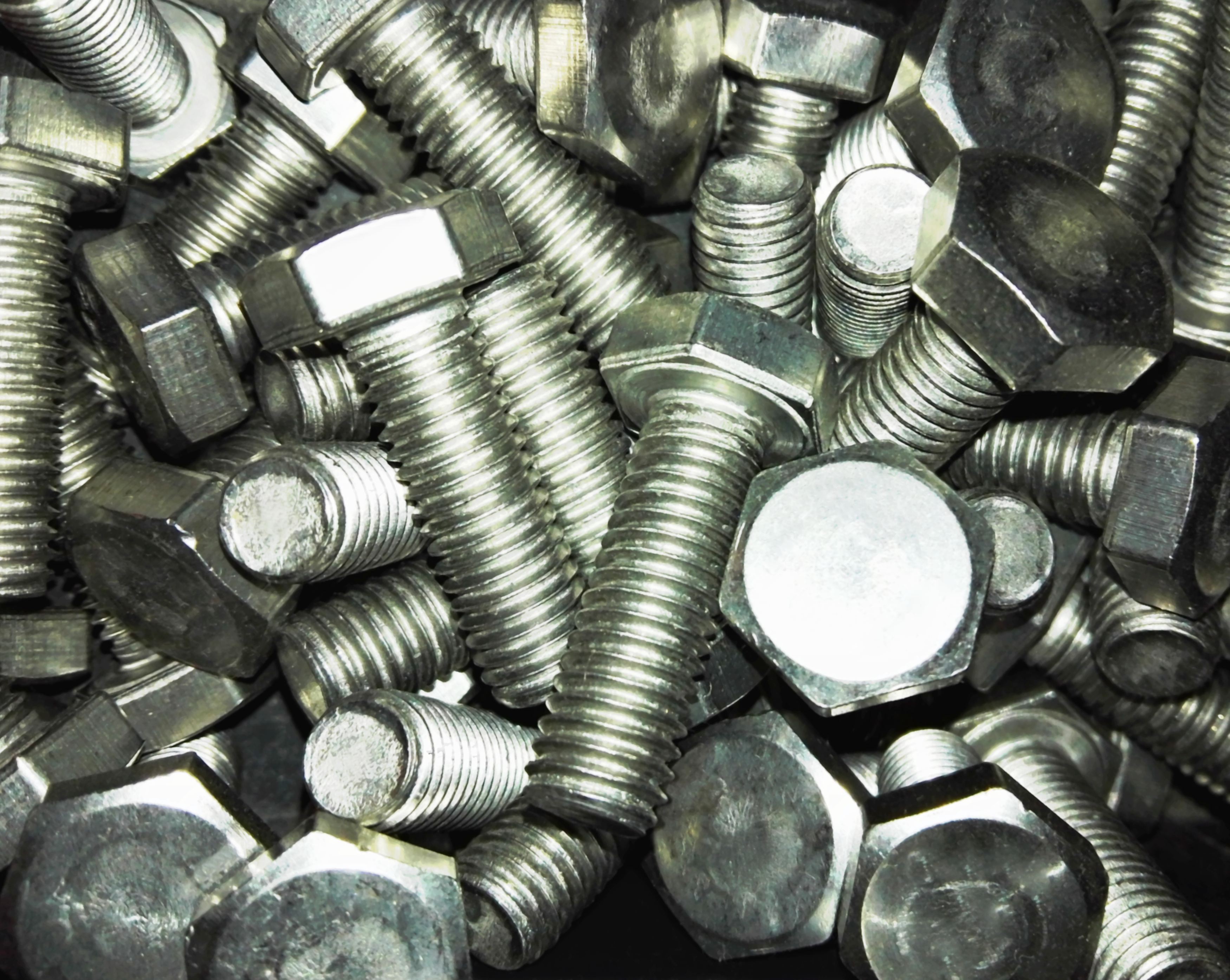
Why Choose Check Counting?
Checkweighing is excellent, but it displays the weight, not the count. Parts counting is also a great function, but it doesn’t provide a verification like checkweighing, so you must truly pay attention to the number on the display. Check counting combines counting and verification into one process. This means you don’t have to pay strict attention to the parts count, because your scale pays attention for you.
The most common purpose for check counting is packaging and distribution in industries like manufacturing, retail or e-commerce. When large orders come in, it’s significantly more efficient to count by weight as opposed to counting by hand, and it reduces the risk of errors. After a small sample has been weighed and a desired count has been set, you can pile on the pieces up to the scale’s capacity.
When check counting, there’s no such thing as “close enough” as there might be with regular parts counting. Either you’re below, above or right on target. This prevents the risk of providing slightly more or less for the customers than they’ve requested, since the display can’t be misread, misunderstood or ignored. Every customer gets no more and no less than they order, and your company isn’t under or oversupplying. Win-win!
If you need help finding the best weighing scale with a check counting function for you, contact the Adam team, we’ll be happy to help.


